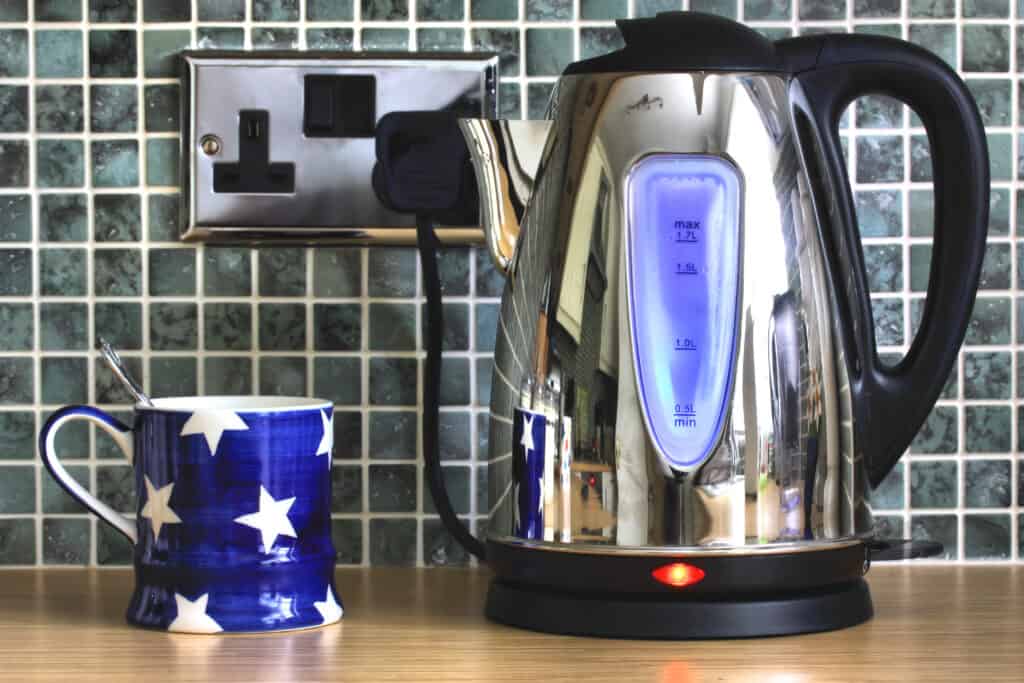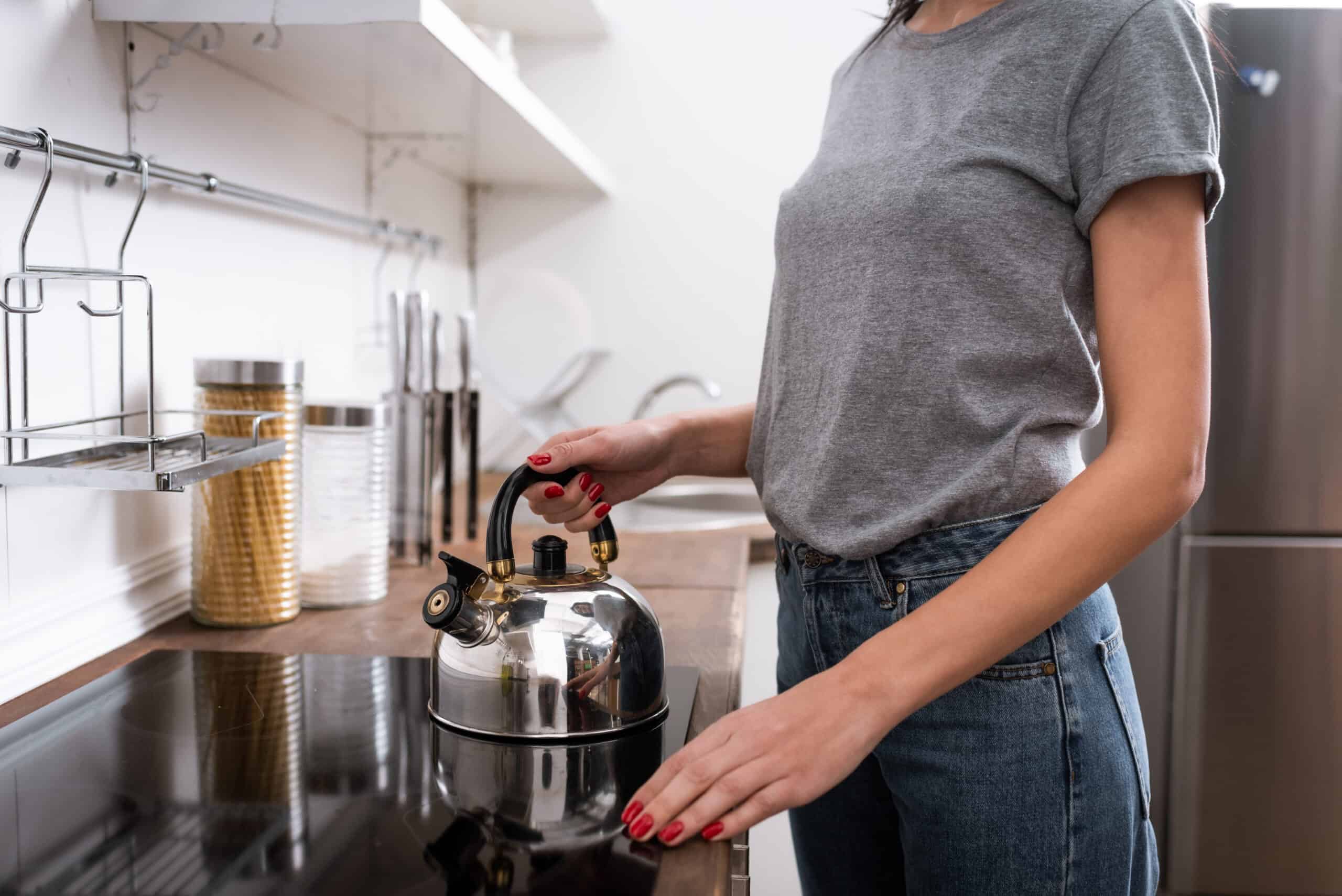Have you ever wondered why your kettle starts to foam when you’re boiling water for your favorite hot beverage? This common occurrence may initially seem puzzling, but the reasons for it can be both straightforward and intriguing.
One key factor to consider is the presence of minerals and impurities in your tap water. These substances can react with the heating process, leading to the formation of foam.
Apart from this, the type of tea or coffee you are using can also be a contributing factor, as certain elements in these products may introduce foam during the brewing process.

Causes of Kettle Foaming
In this section, we will discuss the common causes behind your kettle foaming, including proteins, minerals and hard water, as well as hops.
Proteins
Foaming in a kettle can be due to proteins present in the water or in tea. These proteins can contribute to the formation of foam, making it visible on the surface of the water.
Minerals and Hard Water
Minerals such as calcium and magnesium, found in hard water, can cause foaming in your kettle. As the water heats up, these minerals form limescale, leading to the release of tiny gas bubbles which create foam.
Hops
If you’re brewing beer in your kettle, hops can cause foaming. Hops contain compounds that can create foam when heated, especially during the boiling stage of the brewing process.
Effects of Foaming on Different Drinks
Tea
When you make tea, the foam that appears is caused by the extraction of amino acids and proteins from the tea leaves. This occurs when hot water comes in contact with the tea.
In the case of tea, the presence of foam is not detrimental to the taste or quality. In fact, the foam can be an indicator that the tea is properly infused with water and the various flavors are well-extracted.
Alcohol
Foam in alcoholic beverages, such as beer, is caused by the presence of surface-active compounds. The foamy layer can affect the taste and sensation of the drink.
Excessive foam in beer can lead to a different experience due to the trigeminal sensation it carries. This refers to the physical perception of taste, as opposed to the chemical perception of flavor.

Boiling and Foaming
When boiling water, you may notice foam forming on the surface. In this section, we’ll examine the boiling point, role of boiling water, and how it relates to kettle foaming.
Understanding Boiling Point
Boiling occurs when water reaches the boiling point, which is 100°C (212°F) at sea level. At this temperature, water molecules have enough energy to break free and become steam.
However, various factors can affect the boiling point, such as elevation and impurities. Higher elevations lower the boiling point due to reduced atmospheric pressure, while impurities can slightly raise it.
Role of Boiling Water
Boiling water serves many purposes, from cooking to sterilization. The process destroys harmful bacteria and can extract flavors from ingredients, such as in making tea or coffee.
In the context of kettle foaming, boiling water is important because it releases minerals and dissolved gases present within the water. These releases can contribute to the formation of foam on the surface of the boiling water.
Preventing and Reducing Kettle Foaming
Adjust your boiling process by adding hops early at the start of boiling (0-5 minutes). This should decrease foam formation as the hop oils reduce the surface tension of the boiling wort.
Avoid using flavor hops, as they are not effective in preventing foaming. Stick to bitter hops for this purpose to achieve a foam-reducing effect.
Another tip is to use Fermcap, an anti-foaming agent, which can be added at the start of the boil to suppress foaming and prevent boil-overs.
An inexpensive and practical approach is to have a spray bottle with clean water handy. Spraying cool water over the top of the kettle will help suppress foam and manage the boiling process.
Remember that maintaining a consistent and controlled boil is essential in managing kettle foaming. Make sure not to overfill your kettle and consider using a larger kettle if necessary.





